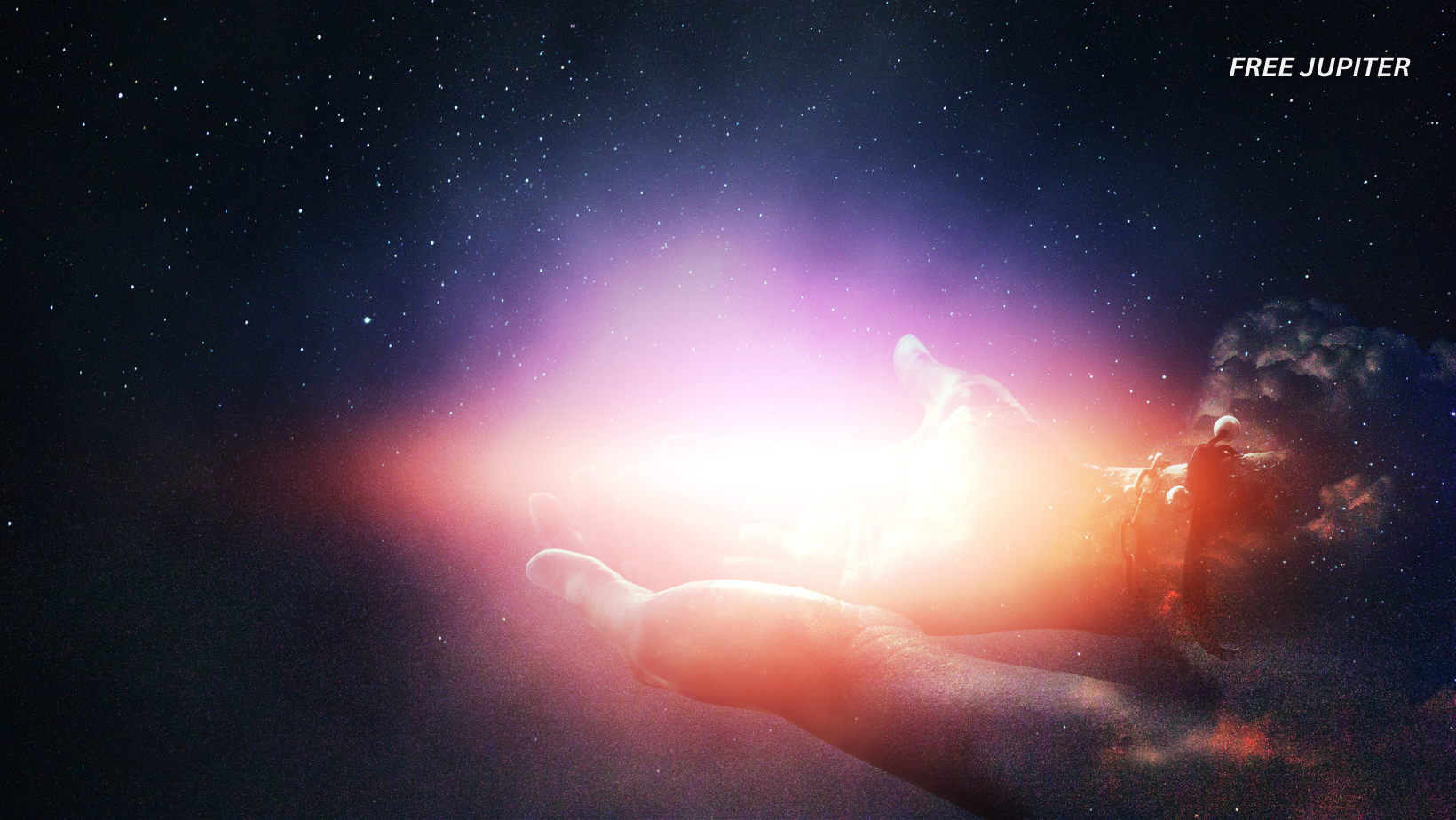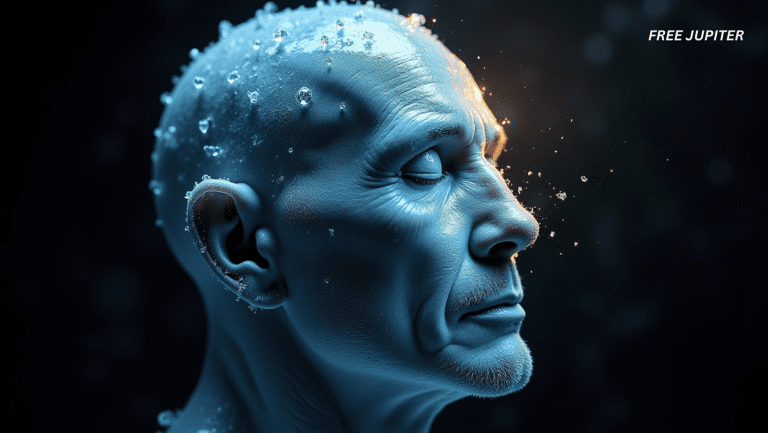For centuries, the relationship between science and faith has often been viewed as tense, even oppositional. Yet, some scientific discoveries seem to quietly whisper hints of something greater—a force beyond randomness and chaos, a divine intelligence possibly behind the formation of the cosmos. Rather than dismantling the concept of a creator, certain scientific principles appear to reinforce it.
Below are three major scientific discoveries that have been interpreted as subtle nods toward a purposeful creation—one that appears too precise to have happened by mere chance.
The Universe Appears Fine-Tuned for Life
The more has been learned about the cosmos, the more it resembles a machine delicately adjusted to support life. It has not been crafted sloppily or randomly. Instead, it gives the impression of a system built with precision where even the slightest variation could unravel the entire fabric of existence.
The Balance of the Four Fundamental Forces
At the heart of this fine-tuning lie four fundamental forces: gravity, electromagnetism, and the strong and weak nuclear forces. These forces form the framework upon which all matter and energy interact. Each force must be precisely what it is for the universe to function the way it does.
Had gravity been only marginally stronger, stars would have collapsed prematurely. If it had been slightly weaker, stars might never have formed at all. Both outcomes would have made life as it is known today entirely impossible. This same delicate calibration applies to the other forces. Even an imperceptible shift in their strengths would result in a universe incapable of supporting life.
It is often compared to a cosmic recipe. When even one ingredient is off by a fraction, the result can no longer be called the same dish. In this case, the “dish” is life—and the ingredients must be blended with perfect precision.
Earth’s Remarkably Ideal Conditions
Earth occupies what astronomers often refer to as the “Goldilocks Zone.” Neither too hot nor too cold, this zone provides the conditions necessary for liquid water to exist—a critical ingredient for life. Our planet rotates at a speed that ensures consistent cycles of day and night. Its axial tilt grants the changing seasons, helping to maintain a climate balance essential for various ecosystems.
Even the moon’s size and distance from Earth help stabilize the planet’s tilt, preventing wild swings in climate that could jeopardize survival. Earth’s location within the Milky Way galaxy is also advantageous. Positioned away from the crowded, radiation-heavy galactic center, it rests in a relatively calm and safe region.
None of these details appear coincidental. Instead, they reflect a set of circumstances so precise that some have found it hard to dismiss the possibility of intentional design.
Read more: Physicists Think They’ve Finally Seen The Elusive Evidence of String Theory
A Perfectly Composed Atmosphere
Breathing is taken for granted, yet the air’s composition is far from arbitrary. Roughly 78% nitrogen, 21% oxygen, and small amounts of other gases make up the atmosphere. This particular mixture is perfectly suited for sustaining life. If oxygen levels were significantly higher, fires would ignite more easily and rage uncontrollably. Lower oxygen levels, on the other hand, would not support complex organisms.
There is also a protective layer of ozone that shields life from harmful ultraviolet rays. Atmospheric pressure is just right to keep water in liquid form at Earth’s temperature. From shielding radiation to balancing heat and gases, Earth’s atmosphere serves as another example of conditions seemingly engineered with life in mind.
What It All Might Mean
Many scientists and philosophers argue that this level of cosmic precision cannot be ignored. The sheer improbability of everything aligning so perfectly invites questions about whether there was intention behind it all. Could it be that a guiding intelligence—perhaps even God—fine-tuned the universe to permit life?
Of course, alternative explanations have been proposed, the most popular of which is the multiverse theory.
The Multiverse: A Convenient Alternative or Another Mystery?
Some have attempted to account for the universe’s apparent fine-tuning through the idea of the multiverse a hypothetical realm consisting of an infinite number of universes. Each one is thought to have different physical laws, constants, and conditions. It is then suggested that it is no surprise humans exist in this universe; it is simply one of the few (or the only one) that turned out to be “just right.”
While imaginative, this theory presents a new set of problems.
Raed more: Investigator Says Mysterious Mars Structures ‘Prove There Was Life’ On The Red Planet
A Theory That Can’t Be Tested
Unlike other scientific ideas, the multiverse hypothesis cannot currently be tested or observed. Other universes, if they exist, lie beyond our reach. No telescope can see them, and no experiment has verified them. This absence of evidence puts the theory on shaky scientific ground.
Even more critically, it shifts the fine-tuning question instead of answering it. If there is a mechanism that generates countless universes, it must be asked: who or what fine-tuned that generator? In many ways, it only deepens the mystery. Rather than removing the notion of a creator, it merely moves the spotlight further back.
A Universe That Had a Beginning
For much of human history, the universe was believed to be eternal and unchanging. That view, however, was dramatically altered in the 20th century thanks to the work of Albert Einstein and other visionary thinkers.
Einstein’s “Big Blunder”
Initially, Einstein’s equations suggested that the universe must be either expanding or contracting. Yet, he resisted this implication and introduced a “cosmological constant” to force his equations to yield a static universe—a move he would later refer to as his greatest mistake.
It was a Belgian priest and physicist, Georges Lemaître, who proposed an expanding universe model. His ideas were met with skepticism until Edwin Hubble offered empirical evidence.
The Implication of a Beginning
An expanding universe implies a moment of origin. If time, space, and matter began at a single point, what caused that beginning? Something outside of time and space would have been needed to bring the universe into being—something timeless, spaceless, and powerful. These are qualities often attributed to a divine creator.
The Big Bang Theory, though scientific in nature, aligns remarkably well with the theological idea of a universe that was created intentionally and from nothing.
Read more: Researchers Claim To Have Found More Evidence Of Jesus’s Burial Location
The Discovery of the Double Helix
In 1953, James Watson and Francis Crick unveiled the structure of DNA, which resembles a twisted ladder or spiral staircase. This double helix carries the genetic instructions for building and maintaining all forms of life. Its code is composed of four chemical bases—adenine, thymine, cytosine, and guanine—arranged in specific sequences that direct the formation of proteins.
DNA is not merely a molecule; it is a repository of information—information that is functional, organized, and purpose-driven.
Science and the Possibility of a Creator
The more that is uncovered about the universe and life, the more the findings appear to align with the idea of intentional creation. Whether it’s the cosmic fine-tuning of the universe, the moment it sprang into existence, or the intelligent encoding of life’s blueprint in DNA, each discovery raises the same fundamental question:
Could there be a mind behind it all?
While science may not be able to prove the existence of God, it does offer clues—threads of evidence that can be followed toward a greater understanding. Faith and reason, once seen as opposites, might be more interconnected than previously believed. And perhaps, instead of conflicting, science is gently pointing humanity toward the mystery of something beyond.










